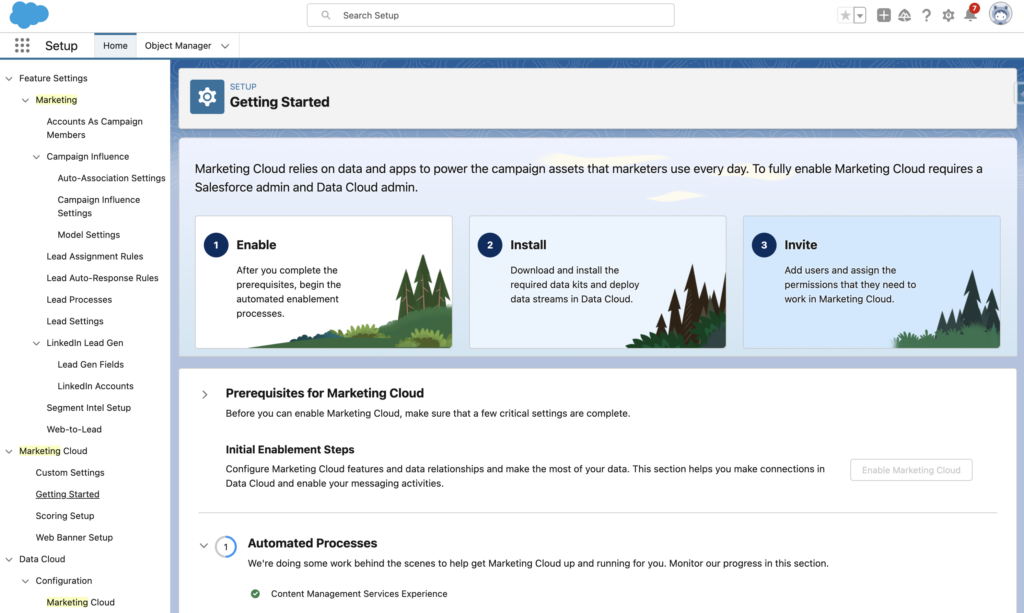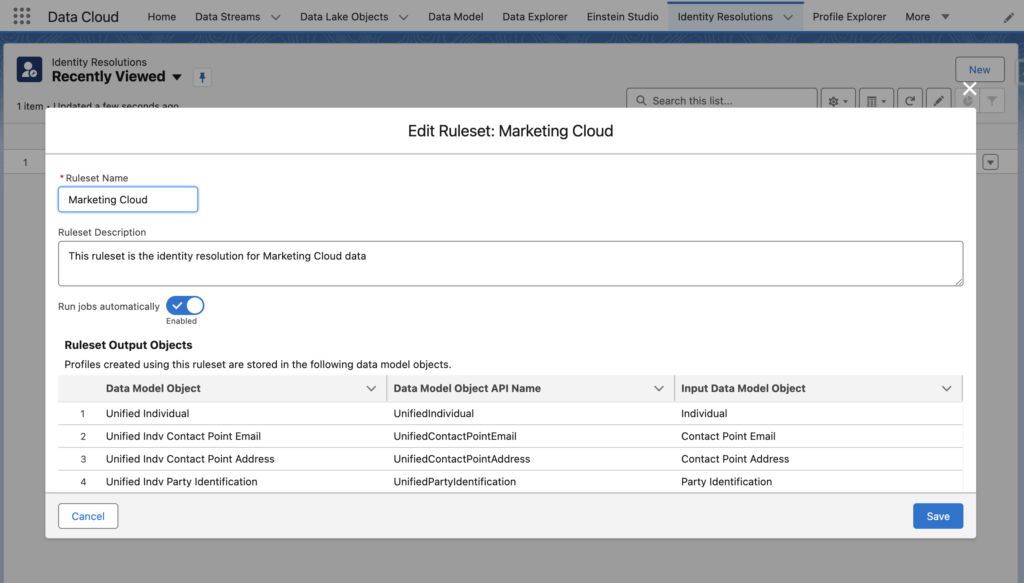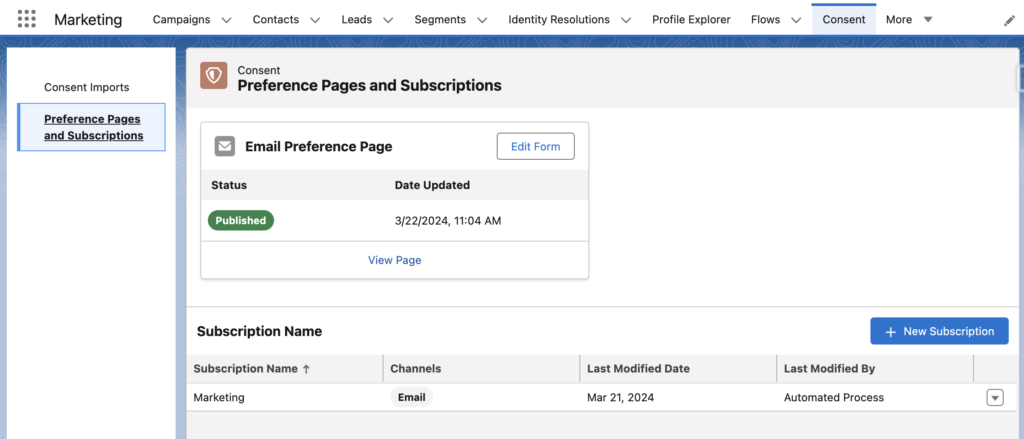Marketing Cloud Growth is the new product from Salesforce that’s causing quite a stir. With two established marketing automation platforms already, why has Salesforce released yet another?! This is a really exciting shift to move marketing capability truly onto the core platform. Marketers can now take advantage of the powerful functionality that other business functions, like sales and service, already use.
Marketing Cloud Growth is still only available in the Americas region and is very much in its infancy. The first release has limited capability, with much more promised for the Summer 24 release and beyond. In the meantime, I have got my hands on a demo org and have been through the setup process. Here are my first impressions of the enablement process for Marketing Cloud Growth.
Implementation Guide
The key resource you’ll need for implementation is the Marketing Cloud Growth Implementation Guide. This is a really comprehensive guide to setting everything up. There is an awful lot of information here, but I was impressed at how easy it was to follow.
Having said that, the steps do involve a lot of different areas of Salesforce, so they need to be followed carefully to get you nicely to the standard configuration of Marketing Cloud Growth.

Product cross-over
Marketing Cloud Growth is not a new “product” per se. It is an app which groups together relevant Salesforce functionality in a marketing context. What I mean by that is there’s no specifically new technology here, but a way for marketers to use existing tools to achieve their goals. Key examples of this are:
- Data Cloud for segmentation
- Experience Cloud for Landing Pages
- Salesforce CMS for content management
- Permission Sets and Public Groups for User Access
- Flow for marketing automation

The advantage of this is that marketers now have a much more powerful set of tried and tested tools to work with. The downside is that marketers will need a much broader knowledge of Salesforce products to manage their marketing technology.
Skills required
One of the major selling points for Marketing Cloud Growth is its ease of use for marketers. The built-in Einstein capability manages campaigns, builds segments and creates content, so marketers can focus on planning innovative and targeted initiatives. Compared to other marketing automation tools, there are no new special skills required from the user side.
However, admins, particularly those coming from Account Engagement (Pardot), will require a completely new set of skills. My impression during setup was that this is much more closely aligned with the current skills of a Salesforce Admin than a current Marketing Cloud or Account Engagement admin. To manage Marketing Cloud Growth, admins will need to get to grips with:
- Salesforce permission structure – access to Marketing features uses the standard Salesforce permission tools. Admins will need to understand Permissions Sets, Profiles, Roles and Public Groups to effectively manage user access.
- Data Cloud – a huge part of the setup involves installing data kits, activating data streams, setting up Identity Resolution rulesets and so on. Admins will need to get stuck into Data Cloud to build audiences and manage marketing data sources.
- Object structure – consent and permissions are managed through a new object related to an individual. This is a huge step forward in consent management. However, it will be a new way of working for marketing admins and requires a good understanding of how object relationships work in Salesforce.
- Salesforce Setup area – the setup of Marketing Cloud Growth is managed in lots of different places. So, it will be critical for admins to know where to look. The setup wizard is very helpful, but knowing whether you need to be in the Digital Experience Workspace or the User record to manage landing page access is going to take some time!

It is unlikely that many organisations will be able to implement Marketing Cloud Growth without the help of an experienced Salesforce admin or a Consulting Partner. Those wanting to work with the standard setup will be able to follow the implementation guide. However, any customisation and troubleshooting could get very complicated very quickly.
Looking for help with Account Engagement?
Summary
Marketing Cloud Growth is still in the very early days, but I can see huge potential for this product. The underlying architecture and functionality is hugely impressive and capable of really powerful things. On the surface, the user sees a simple campaign interface that looks straightforward. Under the hood, it is anything but simple. Pulling together some of the best Salesforce functionality out there and delivering it to users in an easy to use app is no small feat.
My first impressions of Marketing Cloud Growth are that this will be an absolute powerhouse of marketing automation as more features are released. It solves many of the challenges businesses face today with their current tools. The standard setup can be followed fairly easily using the implementation guide but going beyond the basics will require advanced technical knowledge and a solid, broad understanding of the Salesforce platform.
As this evolves, marketers will likely need to focus on creating strategic and innovative use cases and then work with technical teams to implement and enable them. It’s a shift in ways of working, particularly for those working in the point-and-click environment of Account Engagement today. But I think this is absolutely the way we should all be moving and helps us build a better marketing tech ecosystem for the future.
Keep your eyes peeled for much more about Marketing Cloud Growth as we dig deeper into this exciting new technology.


